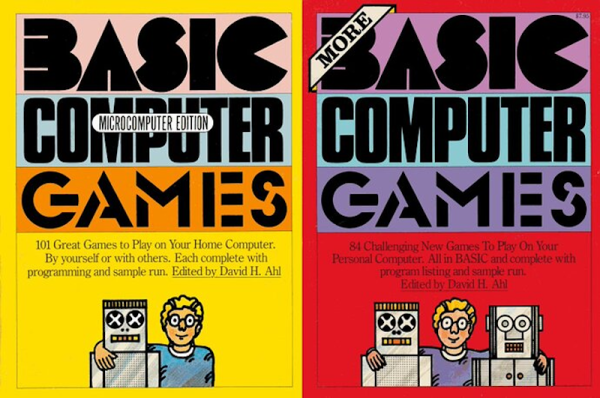Linux has come a long way from its roots, where users had to compile the kernel and all of the other source code from scratch, often without any internet connection at all to help with documentation. It was the wild west of Linux, and while we can all rely on an easy-to-install Ubuntu distribution if we need it, there are still distributions out there that require some discovery of those old roots. Meet SkiffOS, a lightweight Linux distribution which compiles on almost any hardware but also opens up a whole world of opportunity in containerization.
The operating system is intended to be able to compile itself on any Linux-compatible board (with some input) and yet still be lightweight. It can run on Raspberry Pis, Nvidia Jetsons, and x86 machines to name a few, and focuses on hosting containerized applications independent of the hardware it is installed on. One of the goals of this OS is to separate the hardware support from the applications, while being able to support real-time tasks such as applications in robotics. It also makes upgrading the base OS easy without disrupting the programs running in the containers, and of course has all of the other benefits of containerization as well.
It does seem like containerization is the way of the future, and while it has obviously been put to great use in web hosting and other network applications, it’s interesting to see it expand into a real-time arena. Presumably an approach like this would have many other applications as well since it isn’t hardware-specific, and we’re excited to see the future developments as people adopt this type of operating system for their specific needs.
Thanks to [Christian] for the tip!




 The idea is pretty simple, place traces very close to one another and it makes it impossible to drill into the case of a device without upsetting the apple cart. There are other uses as well, such as embedding them in adhesives that destroy the traces when pried apart. For [Sebastian’s] experiments he’s sticking with PCBs because of the ease of manufacture. His plugin lays down a footprint that has four pads to begin and end two loops in the mesh. The plugin looks for an outline to fence in the area, then uses a space filling curve to generate the path. This proof of concept works, but it sounds like there are some quirks that can crash KiCad. Consider
The idea is pretty simple, place traces very close to one another and it makes it impossible to drill into the case of a device without upsetting the apple cart. There are other uses as well, such as embedding them in adhesives that destroy the traces when pried apart. For [Sebastian’s] experiments he’s sticking with PCBs because of the ease of manufacture. His plugin lays down a footprint that has four pads to begin and end two loops in the mesh. The plugin looks for an outline to fence in the area, then uses a space filling curve to generate the path. This proof of concept works, but it sounds like there are some quirks that can crash KiCad. Consider 












